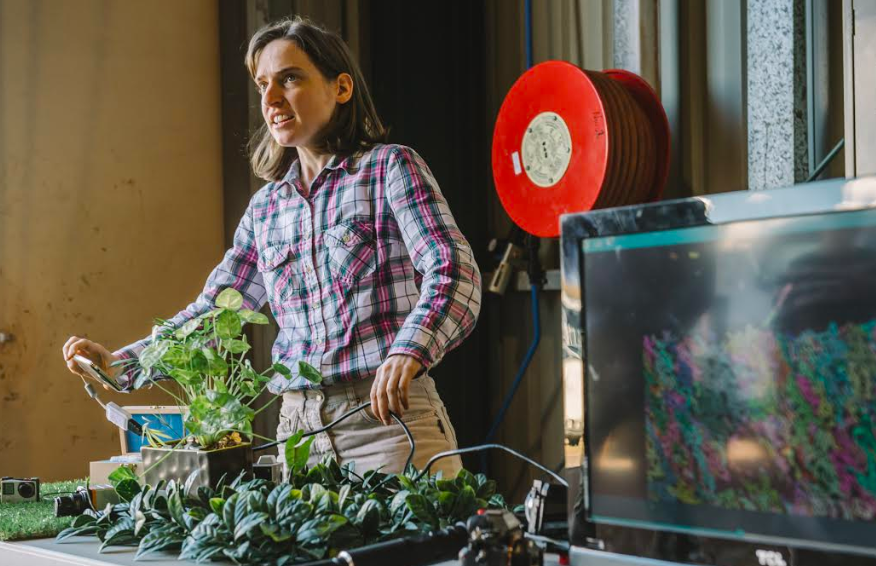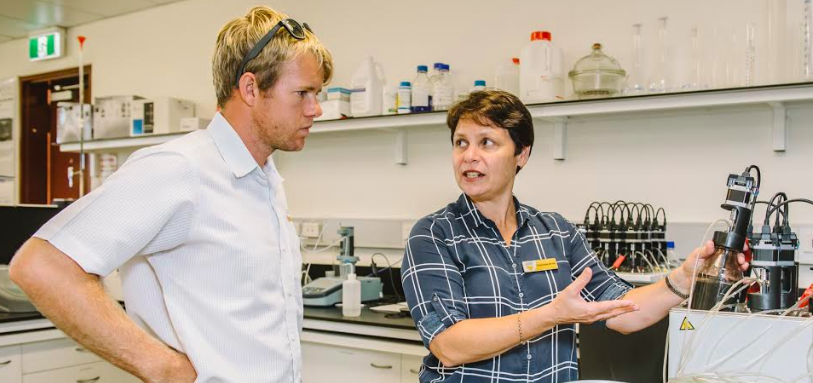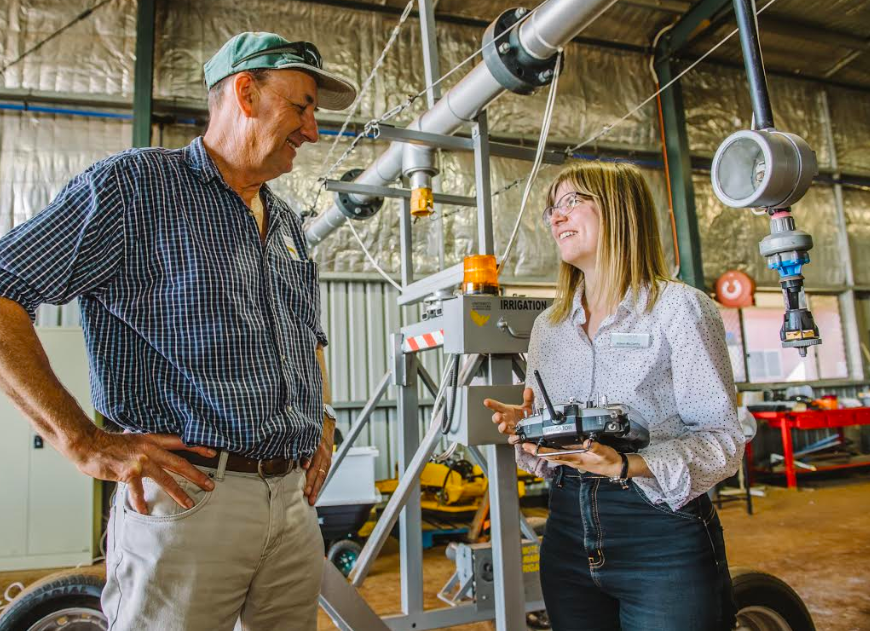SOME of the sharpest minds in agricultural research got together at the University of Southern Queensland (USQ) last week for the annual general meeting of Ag Institute Australia (AIA).
Hosted by USQ’s National Centre for Engineering in Agriculture (NCEA), the event was bookended by forums and presentations which gave an insight into the depth of research work taking place.
Projects covered are already having a positive impact on dryland and irrigated broadacre farming, horticulture, and meat processing.
Here’s an outline of the presentations:
Turning animal waste into profit
Bernadette McCabe is a leader in the international field of bioenergy, and has been heavily involved with researchers worldwide, and with the Australian beef industry, to increase energy efficiency.
A/Prof McCabe said the rising cost of energy and waste disposal was reshaping the way cattle feedlots and beef abattoirs looked at waste material in feedlot pens and on killing floors.
She said as margins for commercial operators were squeezed, turning a potential source of energy into revenue made waste a profit centre in the business rather than a loss.
The concept could be described as a closed loop or circular food production system, and research into agro-industrial waste was exploring ways to reduce consumption of non-renewable energy, and increase the efficiency of renewable energy sources.
The team working with A/Prof McCabe has clients in agriculture and food-processing industries which are turning organic waste into products of marketable value such as bio-fertiliser.
It specialises in identifying the chemical and biological processes each industry can use to convert manure, yard and abattoir waste, and replace natural gas in boilers where possible.
“There’s around 15 kg of paunch, grass and grain partially digested in the rumen, removed from the carcass when cattle are slaughtered,” Diogenes Antille, research fellow at NCEA said.
“That’s 15 tonnes for every thousand beasts.”
Dr Diogenes’ research work is investigating recycling of paunch waste for use on farmland. His experiments are assessing potential risks due to weed-seed contamination, determining the agronomic response of grasses to soil incorporation of paunch, and investigating short-term greenhouse-gas emissions.
He said further study was needed on the agronomic efficiencies of applying paunch in various degrees of decomposition to soil, and better information would help return carbon to the soil and improved nutrient recovery in crop bio-mass.
Clever cameras
Using a scaled-down irrigator, research fellow Alison McCarthy demonstrated her work on improved water-use efficiency in crops such as cotton through the use of multiple sensors to extract information about key crop features and the soil conditions in which they were growing.
Dr McCarthy said a 10-per-cent water-use saving or yield improvement were outcomes which would make a commercial improvement to broadacre farming.
Research fellow Cheryl McCarthy ran through her work in machine-vision systems, where real-time processing of very large quantities of data is the current challenge.

Smartphone imaging displayed on TV monitor by Dr Cheryl MCarthy. (Source: USQ photography). Click on image to enlarge.
Many gigabytes of data are created by sensors which detect visual light, and generate infrared and thermal images. Dr McCarthy said she was working on ways to reduce the time it took to convert field data to actions.
“We are developing real-time techniques. Our weed spot spraying for example was developed to run in real time in a grain paddock at ground speed between 15 and 20 kilometres per hour.”
Another analysis technique has allowed the image to automatically be expressed in lines where the sensor automatically picked up lines of a row of plants, and fits that line to the image to generate a guidance signal.
Dr McCarthy has used novel technology to reduce spatial error so working machines could find the same spot in the paddock.
Flying challenge
NCEA research fellow, Les Zeller, demonstrated equipment he built to control fruit fly by dispersing a calibrated number of the insects from a moving vehicle.
The unit’s functions are controlled by a key-fob and remote phone-type display which shows the state of the flies, which are bred to break the reproductive cycle of the locals, in the cooler prior to release.
Postgraduate presentations
Students from four states presented their honours research projects in Toowoomba as part of the final stage of judging for the AIA Student of the Year Award.
Each had recently won their finals berth at competitions in the state in which they had undertaken their studies.
Applied bee research won Ryan Warren the 2018 title.
Mr Warren used radio frequency identification readers (RFIDs) to study bee activity in an effort to improve the body of knowledge towards explaining the bee population’s disappearance.
World bee population is said to have declined by half in recent years, a trend which is reducing pollination of plants which sustain the world food system.
Mr Warren has brought miniaturisation to bee studies, and his research has enabled a unique number-coded identification to track each bee 24/7, and captured the attention of judges.
Mr Warren super-glued RFID units to hundreds of bees, only to realise after a time that he didn’t know the starting age of his bees, nor their age at death or disappearance.
He started all over again by hatching a tray of bee larvae and attached hundreds more tiny RFIDs to baby bees.
When asked why he was motivated to undertake this research, Mr Warren said bee mortality was little understood, that it would seem hives collapse only slowly, and that better understanding of the timing of bee movements would help explain why they die.
Second place-getter, Lydia Inglis used behavioural measures to reflect pain-mitigating effects of meloxicam in combination with Tri-Solfen in mulesed Merino lambs.
Marie-France Courtois looked at soil-borne pathogens affecting blueberry production on the north coast of NSW.
Working with University of Queensland and the Queensland Department of Agriculture and Fisheries, Noeleen Warman studied the epidemiology of the Panama disease pathogen, Fusarium oxysporum f.sp cubense (Foc) in banana production.



HAVE YOUR SAY